Scientific name Lampropeltis Rank Genus | Phylum Chordata Suborder Serpentes Subfamily Colubrinae Higher classification Colubrinae | |
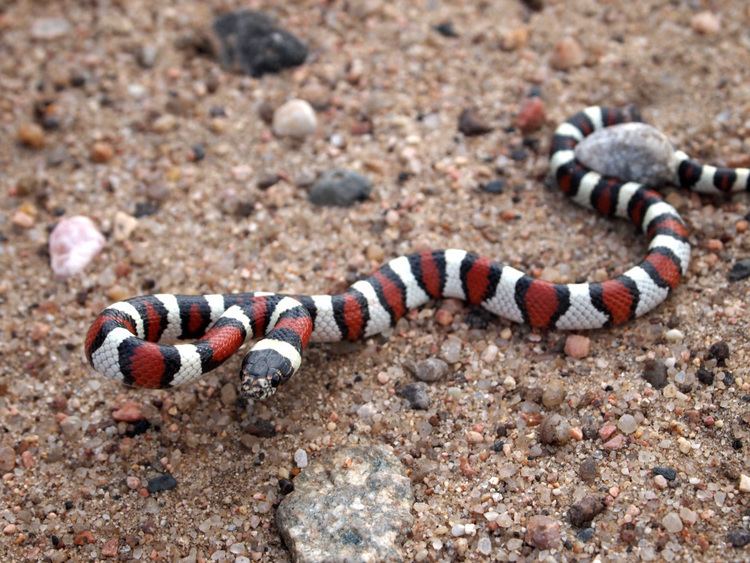 | ||
Lower classifications | ||
Kingsnakes are colubrid snakes, members of the genus Lampropeltis, which include milk snakes and four other species. Among these, there are approximately 45 recognized subspecies.
Contents
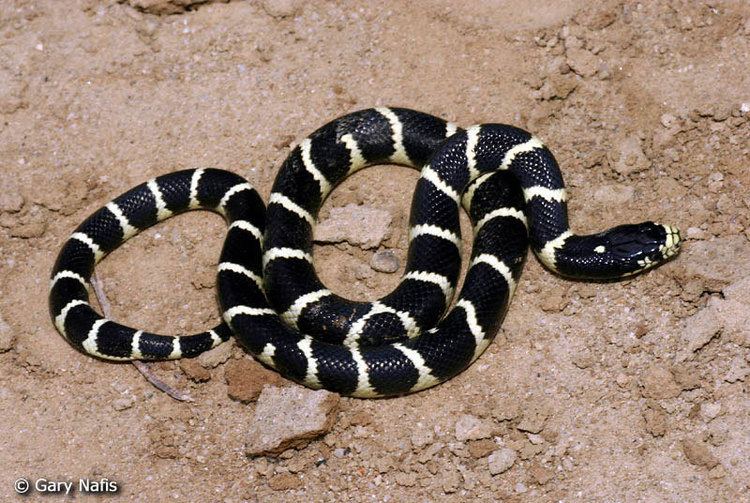
Etymology
Lampropeltis means "shiny shield", a name given to them in reference to their smooth dorsal scales.
Behavior and diet
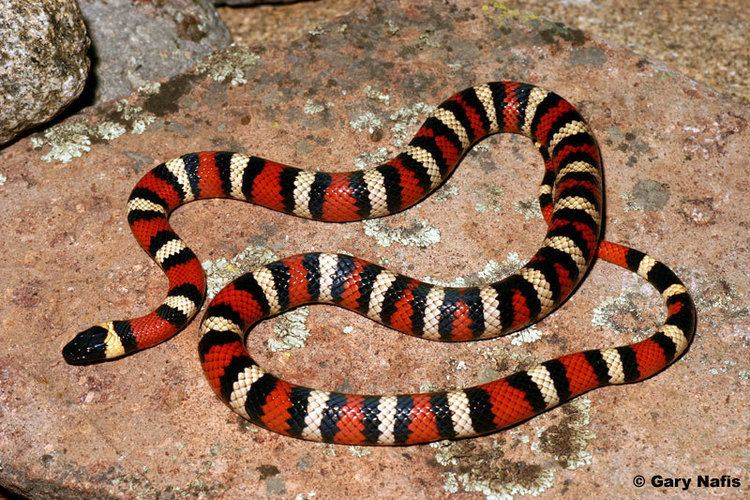
Kingsnakes use constriction to kill their prey and tend to be opportunistic when it comes to their diet; they will eat other snakes (ophiophagy), including venomous snakes. Kingsnakes will also eat lizards, rodents, birds, and eggs. The common kingsnake is known to be immune to the venom of other snakes and do eat rattlesnakes, but it is not necessarily immune to the venom of snakes from different localities.
The "king" in the name (as with the king cobra) references its eating of other snakes.
Description
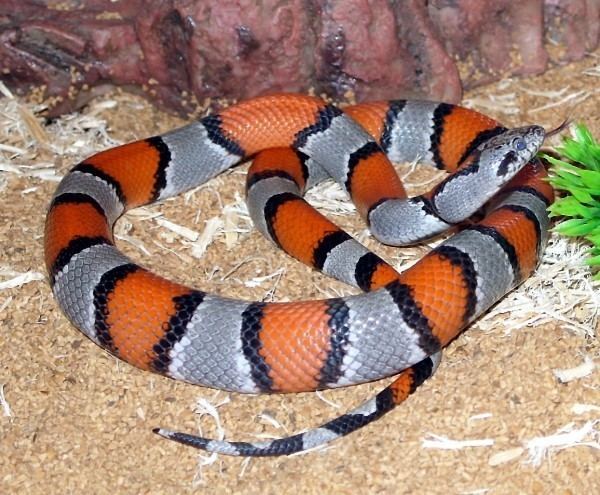
The majority of kingsnakes have quite vibrant patterns on their skins. Some species of kingsnake, such as the scarlet kingsnake, Mexican milk snake, and red milk snake, have coloration and patterning that can cause them to be confused with the highly venomous coral snakes.
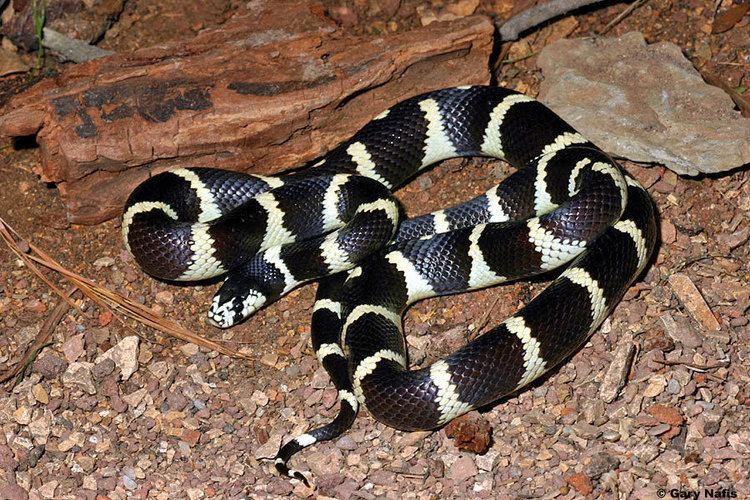
One of the mnemonic rhymes to help people distinguish between the coral snake and its nonvenomous look-alikes in the United States is "Red on black, friend of Jack; Red on yellow, kill a fellow." (Other variations include "Red on yellow kills a fellow. Red on black venom lack." and "Yellow, Red, Stop!", referencing the order of traffic lights.) (For more, see milk snake.) It is important to note that both mnemonics apply only to coral snakes native to North America: Micrurus fulvius (Eastern or common coral snake), Micrurus tener (Texas coral snake), and Micruroides euryxanthus (Arizona coral snake), found in the southern and western United States. Coral snakes found in other parts of the world can have distinctly different patterns, have red bands touching black bands, have only pink and blue banding, or have no banding at all.
Taxonomy

Taxonomic reclassification is an ongoing process, and different sources often disagree, granting full species status to a group of these snakes that another source considers a subspecies. In the case of Lampropeltis catalinensis, for example, only a single specimen exists, so classification is not necessarily finite. In addition, hybridization between species with overlapping geographic ranges is not uncommon, confusing taxonomists further.
Predators
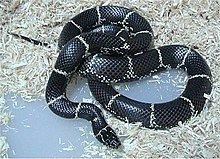
The Kingsnake is often preyed upon by large Vertebra such as falcons, bald eagles and monitor lizards. Tarantula spiders also sometimes prey on the snake.
Species and subspecies
Kingsnake species include:
Additionally, Pyron and Burbrink have argued that the short-tailed snake, more familiar as Stilosoma extenuatum, should be included with Lampropeltis.
